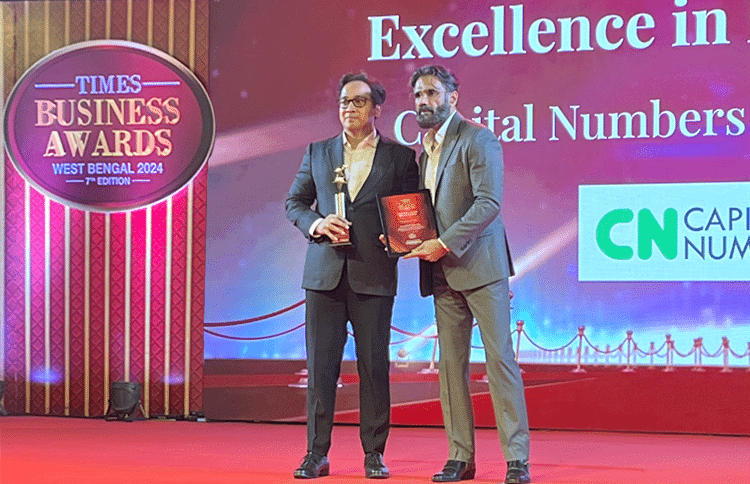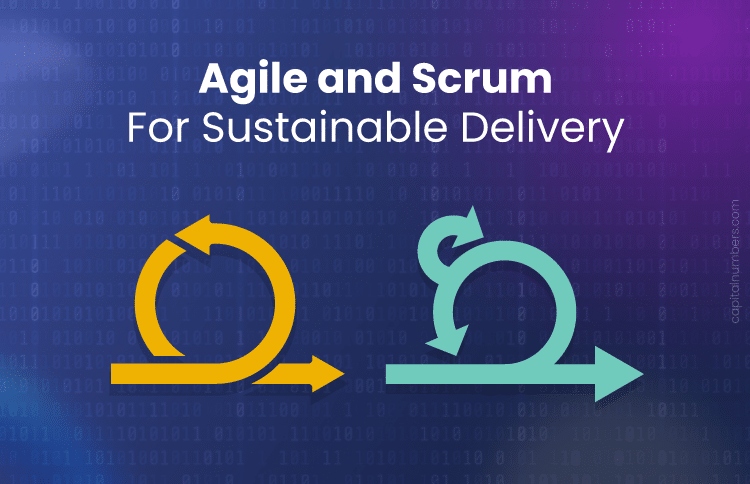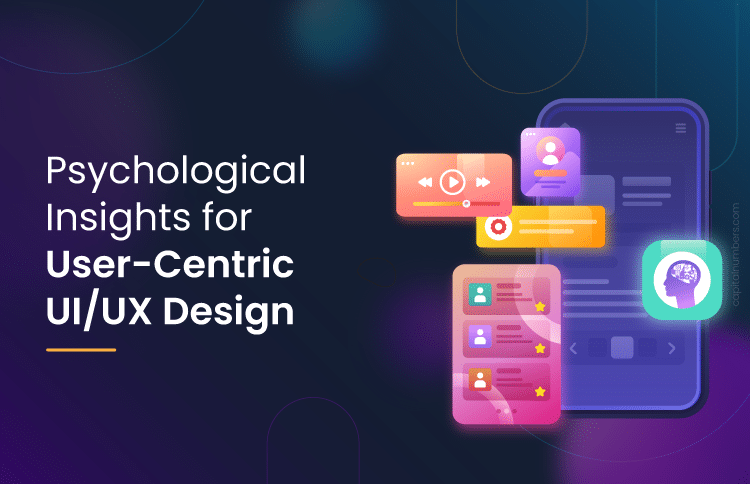Agile Strategies for Fixed-Cost Web Development Projects
Table of Contents
Imagine a situation where you have to manage a big fixed-cost web development project, but the client wants flexibility and adaptability of Agile methodology. Combining Fixed-Cost and Agile is not straightforward, but with the right strategies, it is possible. The main challenges faced during the execution of such projects are changes in scope, inaccuracy of estimation, and managing unrealistic expectations.
Some of the key strategies to overcome these changes are discussed below:
Scope Refinement and Prioritization
Scope refinement in Agile for fixed-cost projects is a must for managing uncertainty, adapting to changing requirements, and delivering value within the predetermined budget constraints. It also aligns with the Agile principles of flexibility, collaboration, and continuous improvement, contributing to the project’s overall success.
One of the key practices in scope refinement is prioritization, which aligns development efforts with business objectives, reduces risks, improves customer satisfaction, and promotes adaptability in the face of changing requirements.
The most commonly used technique is the MoSCoW Prioritization, which helps reach a common understanding with stakeholders on the relative importance they place on delivering each requirement. The prioritization categories in this method are:
- Must-Have (M) – All the requirements in this category are necessary for the successful completion of the project. It is only possible to release or sell a product with these requirements.
- Should-Have (S) – Requirements that are important for project completion but are optional. A significant business value can be added by adding these features, and these should be implemented throughout product development.
- Could-Have (C) – Requirements that are nice but have a much smaller impact when left out of the project.
- Won’t-Have (W) – Requirements recognized as not a priority for the project’s timeframe.
Timeboxing, and Iterative Delivery
In Agile environments, timeboxing and iterative delivery are two of the most powerful techniques that help enhance project management.
Timeboxing refers to dividing the project work into fixed-length periods called Timeboxes or Sprints (if Scrum is followed) that typically last 1-4 weeks.
- Each timebox has its deliverables, deadline, and budget. Issues can be detected and mitigated early, thus minimizing the overall impact on the budget.
- The deliverables of each timebox are working and tested software.
The primary benefits of timeboxing are quick feedback, cadence, focus, and clarity.
Iterative delivery refers to breaking the project works into smaller, achievable chunks called Iterations. The advantages are:
- Reduced Risk – Identifying and fixing problems early, thus preventing them from derailing the whole project.
- Early Value – Helping the users to get working features sooner, thus providing valuable feedback for future iterations.
- Flexibility – Adapting to changing needs and priorities as you learn more about the project.
Each iteration involves planning, designing, developing, testing, and delivering a specific set of deliverables.
Collaborative Communication, Transparency, and Agile Ceremonies
Collaborative communication is about sharing understanding and encouraging a culture of teamwork, resulting in the free flow of information, open sharing of ideas, and engaging everyone in the conversation. It requires:
- Active listening helps in truly understanding others perspectives, leading to better solutions.
- Clear and concise communication which helps avoid jargon and ambiguities by being direct and specific.
- Openness to feedback which helps in embracing criticism and suggestions as opportunities for improvement.
- Diverse perspectives to encourage participation from team members with different backgrounds and experiences.
Transparency is about building trust, fostering accountability, and helping team members navigate challenges effectively by giving everyone access to the same information, from goals to progress updates to potential roadblocks and challenges. It requires:
- Sharing information openly and regularly using collaborative tools, dashboards, and communication channels to keep everyone in the loop.
- Celebrating successes and acknowledging challenges by being honest about both the good and the bad allows for proactive problem-solving.
- Encouraging questions and concerns by creating a safe space where everyone feels comfortable asking questions and raising issues.
Agile ceremonies are structured opportunities for collaborative communication and transparency. These ceremonies bring teams together to discuss progress, identify roadblocks, and make adjustments. There are mainly four ceremonies:
- Sprint Planning – This is a meeting held with the team at the beginning of a sprint to agree on the next stage of development regarding the services.
- Daily Scrum – A fifteen (15) minute time-boxed event for the team that takes place each day during a sprint.
- Sprint Review – This is a meeting held with the team during a sprint to discuss the progress.
- Sprint Retrospective – This is a meeting where the team reflects on the completed sprint and identifies areas for improvement. It promotes continuous learning and helps the team enhance their processes for future sprints.
Risk Management and Contingency Plan
Managing risks and developing contingency plans is crucial, where exceeding the budget can have significant consequences. Here’s a comprehensive approach:
Risk Management:
-
Identify the risks involved in a project by:
- Checking the project scope for unclear requirements, scope creep, or feature changes.
- Checking team member availability, skill gaps, or any unexpected leave.
- Checking whether there are any platform limitations, integration issues, or third-party delays.
- Checking any external factors like market changes or any legal issues.
-
Analyze the identified risks by checking the following:
- How likely is the risk to occur?
- How much would it impact the project (cost, schedule, quality)?
- Rank risks based on likelihood and impact.
-
Based on the risk analysis, mitigation strategies need to be developed by considering the following:
- Can the risk be eliminated (e.g., clear requirement gathering)?
- Can the impact be minimized (e.g., buffer time, skilled backups)?
- Can the risk be transferred (e.g., insurance, outsourcing)?
- Can the risk be accepted with contingencies (e.g., monitor closely)?
-
Throughout the project execution phase:
- Track identified risks and their status regularly.
- Proactively address potential issues before they escalate.
Contingency Plan:
- Establish clear triggers for activating contingency plans (e.g., cost overrun exceeding 10%).
- For each trigger, have specific actions prepared (e.g., scope reduction, overtime work, renegotiate contract).
- Define roles and responsibilities for executing the plan.
- Allocate a reasonable buffer within the fixed cost (e.g., 5-10%) to address unforeseen issues.
- Track buffer usage and adjust contingency plans as needed.
- Share the risk management and contingency plan with all stakeholders.
- Obtain approval from key decision-makers.
Technology and Tools
Choosing the right technology and tools is crucial in delivering value within budget and time constraints. Some key considerations:
- Align technology choices with project goals and functionalities. Consider performance, scalability, security, and integration needs.
- Opt for cost-effective technologies and frameworks, potentially open-source or with flexible licensing options.
- Leverage your team’s existing skills and minimize the need for extensive learning curves.
- Prioritize technologies that enable rapid development cycles and iterative delivery.
- JIRA, Asana, Teamwork, and Trello offer features for sprint planning, backlog management, and visual tracking. Choose based on team size and collaboration style.
- Git is the industry standard for collaborative code management. Choose a platform like GitHub, GitLab, or Bitbucket for hosting and code review.
- Slack, Google Meet, and Microsoft Teams offer real-time chat and collaboration features.
- Choose tools based on your testing approach (automated vs. manual). Selenium and Cypress automate browser testing. Unit testing frameworks like Jest and Mocha are popular options.
- Confluence, Notion, and Google Docs enable collaborative documentation and knowledge sharing.
Conclusion
Incorporating Agile methodologies in fixed-cost web development projects, as practiced by a software development company, acts as a dynamic asset. It helps to handle challenges smoothly, keeps everyone on the same page, and ensures the result meets the client’s wishes. By staying flexible, communicating often, and adapting as needed, these strategies make sure the project not only gets done but also turns out great. It’s like having a secret weapon for success in the ever-changing world of web development!


















